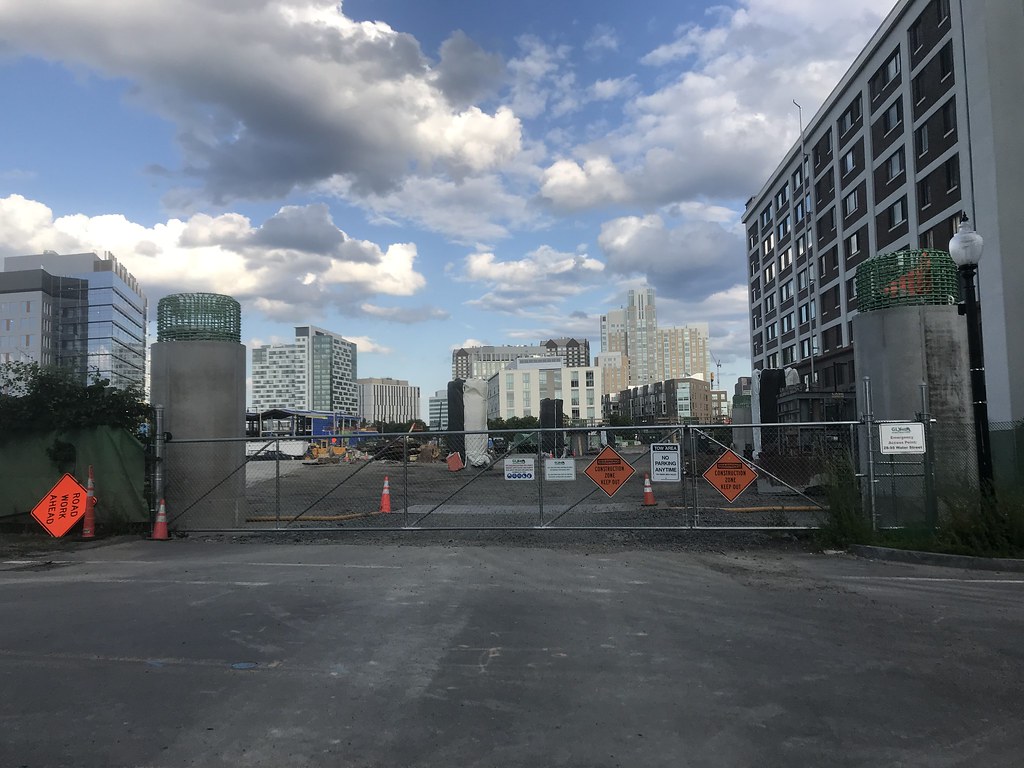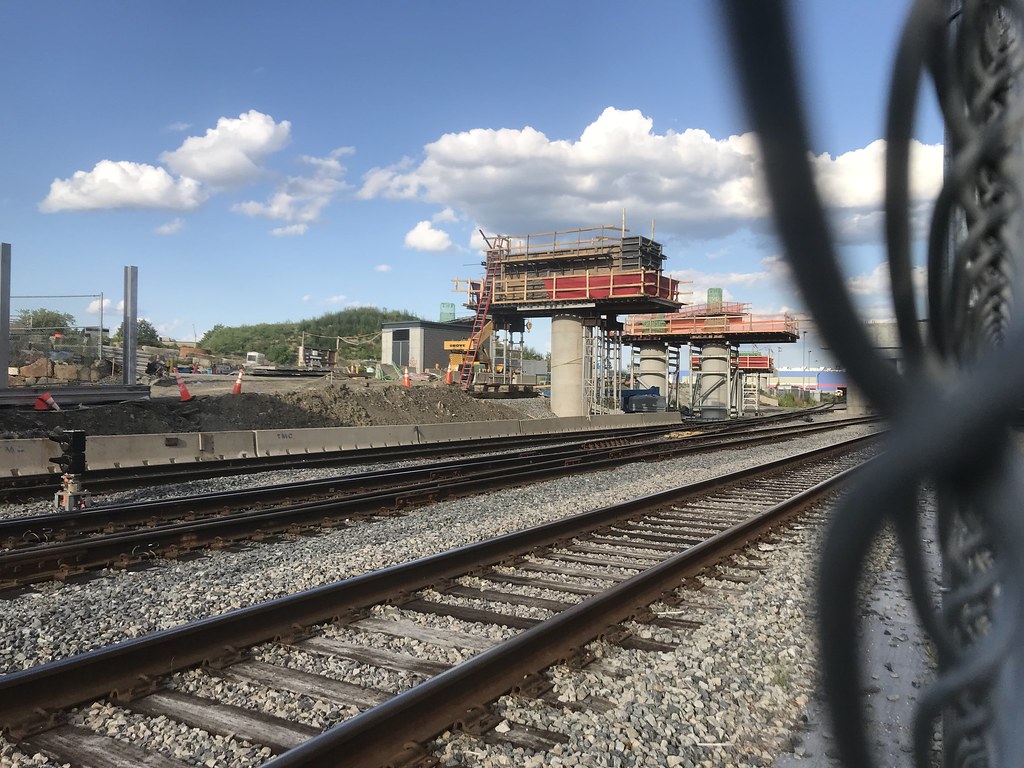F-Line to Dudley
Senior Member
- Joined
- Nov 2, 2010
- Messages
- 9,553
- Reaction score
- 10,431
I was assuming they'd run the rail train up the northbound Lowell Line track and drag the rails off to the GLX side.
They can do that now, but not after the line opens. Therefore they have to go with lengths serviceable by delivery from Riverside-via-subway if they want this stuff to be straightforwardly maintainable. Rapid Transit Div. orders rail in-bulk at a common-denominator length for all 4 lines, so it's better for pricing and maint consistency to stick with that standard instead of using the Lowell Line one time only during the construction phase to drop long lengths they won't ever be able to get in there again after the fence and catenary poles go up.
What they're using is CWR; you just gave the basic definition of what it is and how it differs from jointed rail. They just have to use shorter segments of CWR and do more welds for rapid transit, since transporting the several-football-fields length ribbon that commuter rail uses is impractical on the subway. As-needed spot replacement (like a tight curve, which wears out faster than any other rail) does involve cutting what was originally a much longer ribbon and splicing in a new piece. However, while it's CWR all the same a ribbon that was spliced is less long-lasting than a ribbon that was joined end-to-end with another ribbon, since the welding job on a splice is messier. Cycled replacements will thus redo the whole original length because too many ad hoc splices on a ribbon will eventually turn up defects after a lot of wear. And that's where it's critical to go with whole lengths that can be transported through the subway instead of splicing to infinity on a one-and-done original Lowell Line delivery of the long stuff.They're welding the segments together anyway (or so it sounds like), and I assume replacement involves cutting out the old segment and welding in a new one. Can you not do that with CWR?
Cycled replacements happen way more often on rapid transit vs. commuter rail because of the sheer traffic density. However, for the reasons noted they can't transport super-long ribbons through the subway...so they're doing the short segments that can be replaced in-kind by default lengths transportable through the subway when that next cycled replacement comes after ~2 decades of daily wear.







